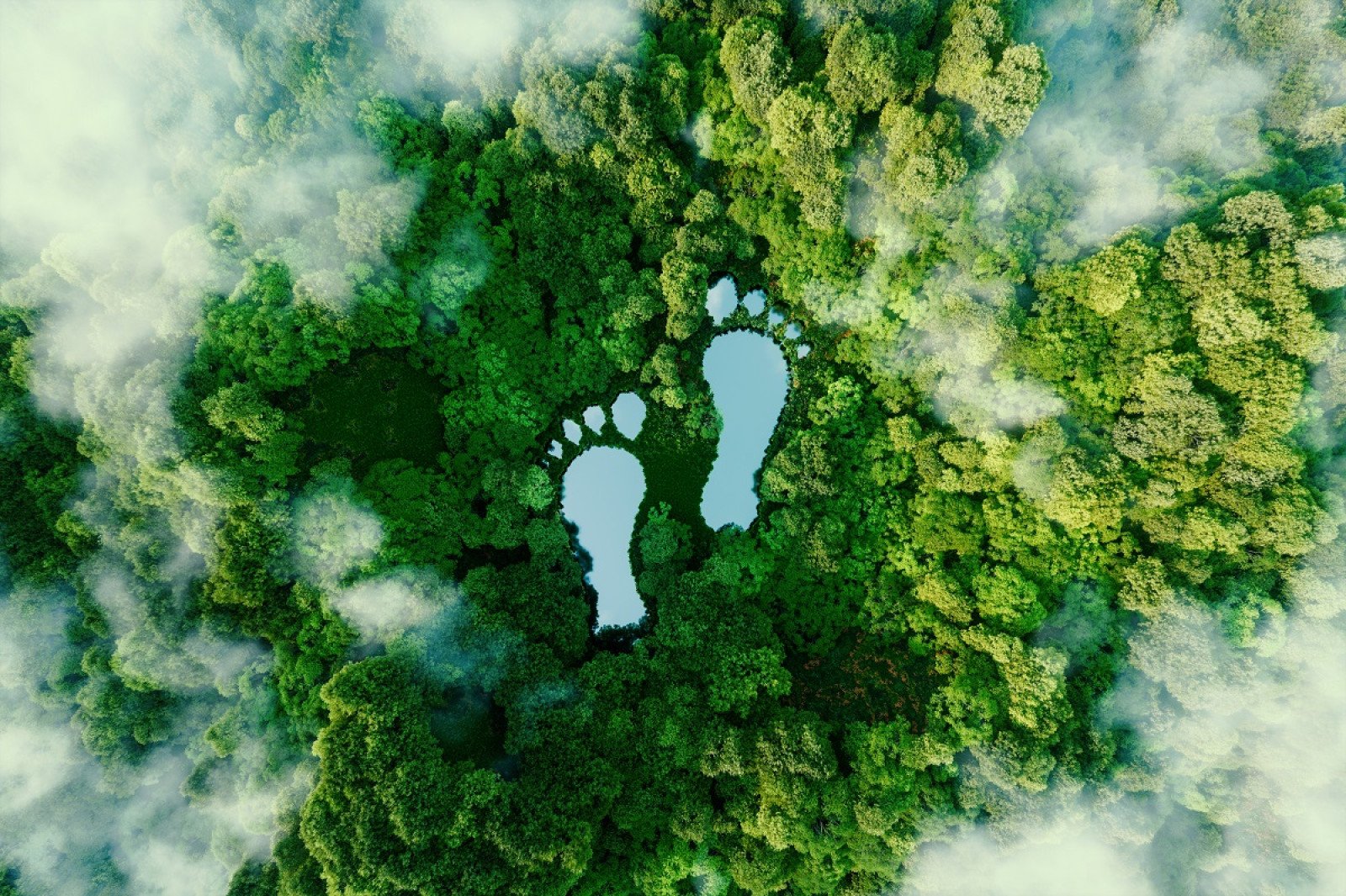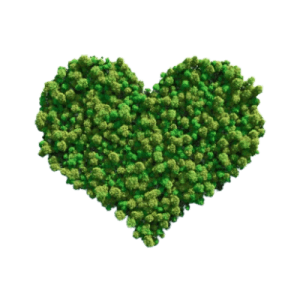Counting every drop
It takes water to make everything we buy, wear and eat. Discover your “water footprint” and think of smart ways to save.

Instructions
What you'll need
- "Counting every drop" slideshow
- "What's your water footprint" worksheet
- Poster paper and art supplies
- Have students to pair up and challenge them to think of 10 ways they use water in their daily lives.
- Using the "Counting every drop" slideshow, present slides 1 to 8 and have students guess how much water they use in a typical day.
- Have students fill in the "What's your water footprint" worksheet to calculate their total daily water use.
- As a class, have students compare their total water use with each other and with the Canadian national average (335 litres per day).
- Why might their water usage be more or less than the Canadian average?
- Are there other common water uses that weren’t mentioned?
- Present slides 9 to 13 and have students consider how the food we eat and the things we buy use a significant amount of water too.
- Ask if they know how water is used to make electricity in B.C. (see Teaching notes).
- Continue on with slides 14 to 19, explaining that our "water footprint" includes all uses of water.
- Play the "Honouring water" video as an example of how the Leq'a:mel Nation in British Columbia honours water. Ask students to share why they think it’s important to reduce their water footprint.
- In small groups, have them brainstorm 10 ways to use less water and get creative by making a high impact poster that illustrates one of their ideas.
- Display the posters and have students check out each other’s ideas.
Modify or extend this activity
- Display posters around the school to inspire others to conserve.
Curriculum Fit
Our activities provide a link to the core competencies of the curriculum. The activities engage students in sharing information, working with others and presenting information. They challenge your students to consider their role in the world around them and how to make a difference.
Core competencies
Communication
- Connect and engage with others
- Acquire, interpret and present information
Thinking
- Creative thinking: generating and developing ideas
Social responsibility
- Contribute to community and caring for the environment
The activities also connect to a variety of grade-specific curricular competencies and content in a variety of subjects including Science, Social Studies and English Language Arts.
Assessments
- Assess students’ ability to work together in groups.
- Assess students’ ability to generate ideas for water conservation.
Teaching Notes
BC Hydro’s environmental responsibility
BC Hydro uses the power of falling water to create clean, reliable electricity. BC Hydro has become a leading sustainable energy company by producing and delivering electricity, in environmentally and socially responsible ways. Check out Environmental responsibility for ways BC Hydro is protecting and sharing the resource.
Young people can take action
Young people can act at school, in their community and at home to protect and care for water. We can empower them with a deeper understanding of how essential water is to life and encourage them to share this message to respect, protect and honour water.








